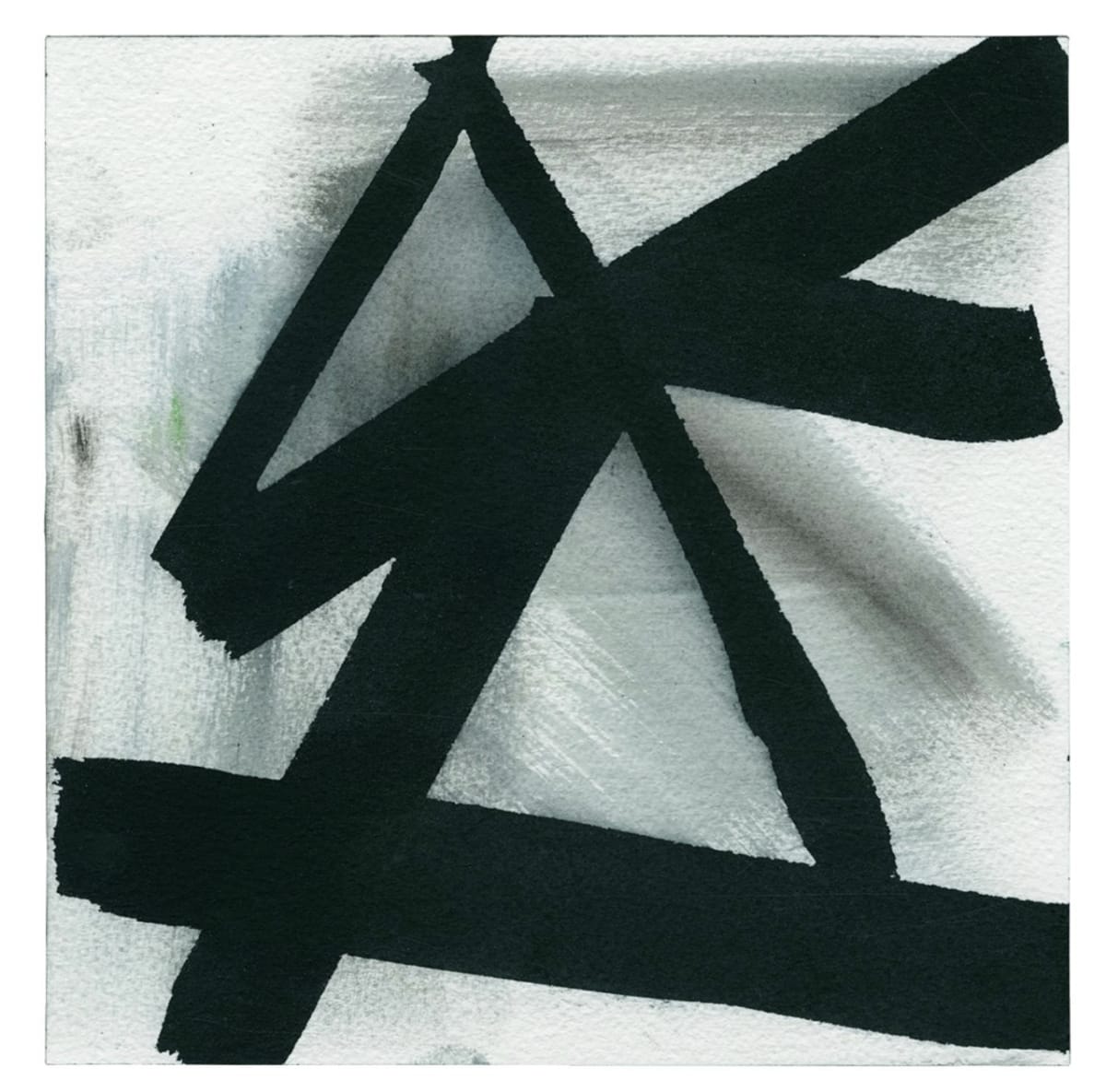Louise Fishman: New Paintings
Archive exhibition
-
OverviewCheim & Read is pleased to announce an exhibition of new paintings by Louise Fishman. The following paragraphs are excerpted from the catalog essay, "Why There Are Great Women Artists," by John Yau:
Louise Fishman was born in 1939, and is part of the generation that includes Robert Mangold (b.1937) and Brice Marden (b.1938). While both Mangold and Marden were central figures in the ascension of Minimalism, which, historically speaking, eclipsed Abstract Expressionism, Fishman took a very different route than that of her male peers. In 1970, shortly after the beginning of both the Gay Liberation movement and Feminism, she made the decision to engage in artmaking practices which were identified with women. In effect, she stopped painting abstract grids and began making hybrid works--they were often neither quite sculpture nor painting-- that required, cutting, tearing, wrapping, sewing and stitching. In doing so, Fishman, like a number of other women artists at that time, consciously embraced a territory that Eve Hesse (1936-70) had brilliantly but only briefly explored…
…The art that Fishman made during the first half of the 1970s conveys her commitment to, as well as her advocacy of, a history that was both untold and largely populated by women. It was a history on the margins of the history of power. Thus, instead of continuing to define modular units, she initiated processes that involved acts of repetition. Now, three decades later, it is this history, in all its personal and public manifestations, that she continues to bring to bear in her paintings; and it is her bold and forthright articulation of them within the realm of abstraction that distinguishes her from both an earlier generation and from her peers. In this regard, Fishman's independence is exemplary of the women artists of her generation who wanted to find their own way in a medium that many critics had declared officially dead by the time they had arrived on the scene…
…In her recent paintings, most of which she finished this year, Fishman continues to extend herself in a number of very different directions, to push into what is for her
new territory. As a body of work, the paintings seem more different than alike. The one similarity they do share is that they have lived many lives before Fishman
has let them leave her studio. It is evident that she will work on a painting quite a lot, then sand or scrape it back down and then paint over it. Through this process of adding and subtracting and adding again, she is able to arrive at something quite unexpected. The surfaces are layered, dug into, torn open, and peeled back. One is reminded of ruined, open structures built upon the ruins of earlier structures…
…Despite the intense differences in, and compelling particularities of, each of her paintings, Fishman continues to subvert all the analogies and formal presumptions we associate with the gestural painters connected to Abstract Expressionism. The issue that is central to Fishman's subversions is her redefining of the analogy --or is it by now a historical assumption?--which connects oil paint to flesh. When de Kooning proposed that oil paint had to exist, as it was the only material that could evoke the flesh, he was thinking of women's bodies as both idealized and terrifying presences. For him, women were both goddesses and monsters. They weren't individuals so much as the outcome of a male projection…
… As de Kooning defined the burden of painting, oil paint was the only medium capable of becoming flesh and thus able to make masculine eroticism palpable in every sense of the word. In his attempt to both locate and express his understanding of a woman's body in paint, he tended to articulate a splayed figure in a shallow illusionistic space. Rejecting parody and ironic citation, characteristics we find in the work of Peter Saul, for example, or Robert Colescott, Fishman has done nothing less than transform the post-Cubist, figure-ground relationship conveyed by de Kooning's supple strokes and hard slashes of thick, viscous color into a very different proposal. She merges figure and ground, so that the painting becomes both a body and a field. -
Publications
-
News
No news items are available relating to this exhibition.
-
Artists


